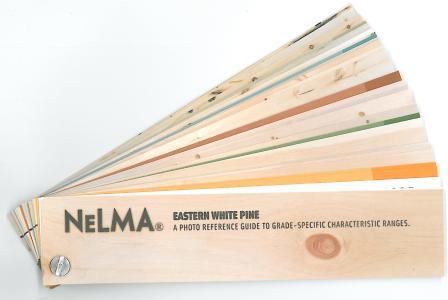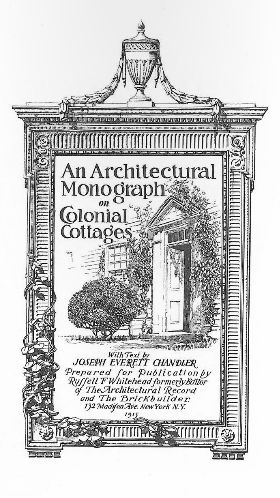The lumber industry was an integral part of New Hampshire’s earliest days as a British settlement, helping to make Portsmouth the 14th largest city in the colonies by 1790. Located along the Piscataqua River and originally named for it, Portsmouth was New Hampshire’s capital until the Revolutionary War, when it was deemed to open to attack by sea. The city’s architecture and use of Eastern White Pine remains among its most notable traits all these centuries later.
Some of these beautiful pine structures are still a draw for architectural experts, students and tourists, who come to get a first-hand look at mansions hewn from the tranquil forests that surrounded them. Back then, nearly every part of every building in the city was made of Eastern White Pine because it was so abundant.
In 1775, an astonishing 42 million white pine shingles and 14 million board feet of Eastern White Pine were being shipped from the port of Piscataqua, exported all over the colonies and to England.
Read more about the early history and get a look at some of the city’s most striking historic wooden buildings in Volume XXVIII, Issue I of the White Pine Monographs.





